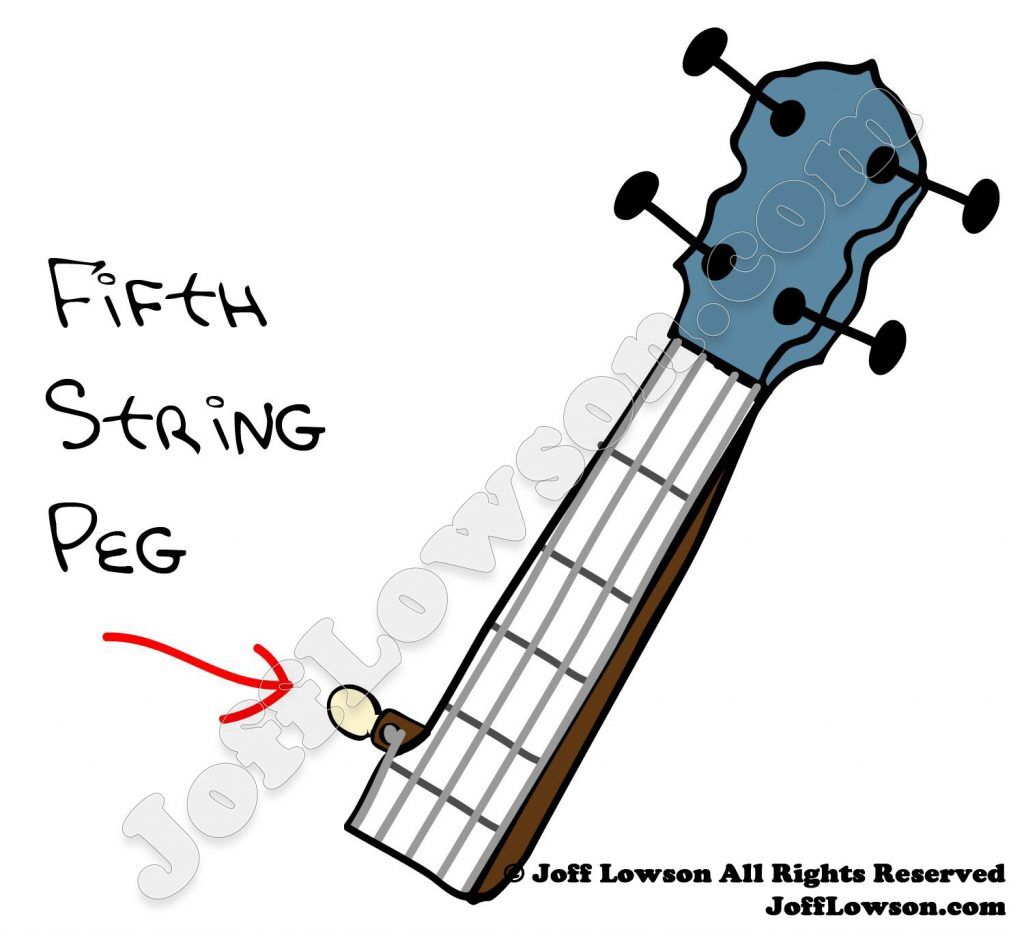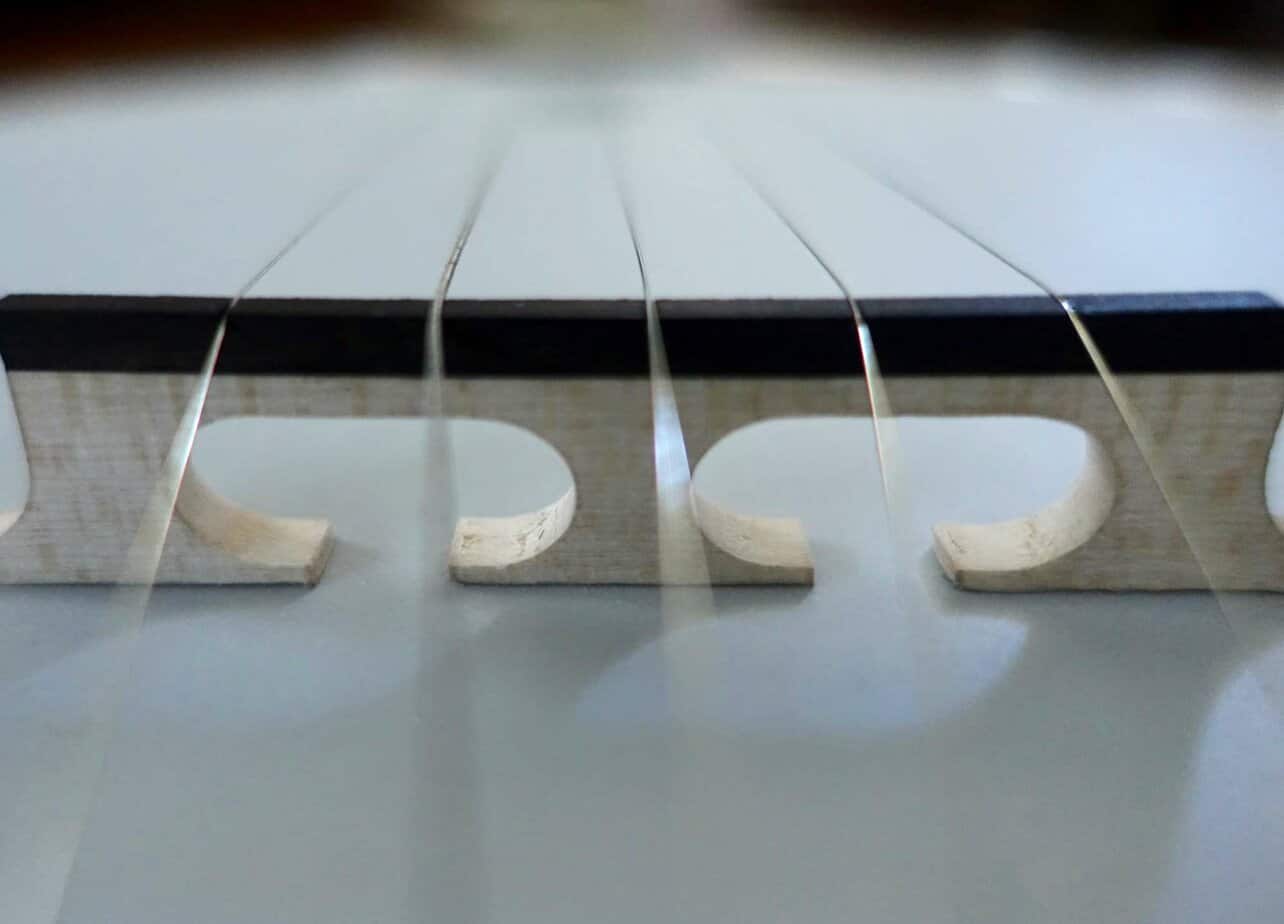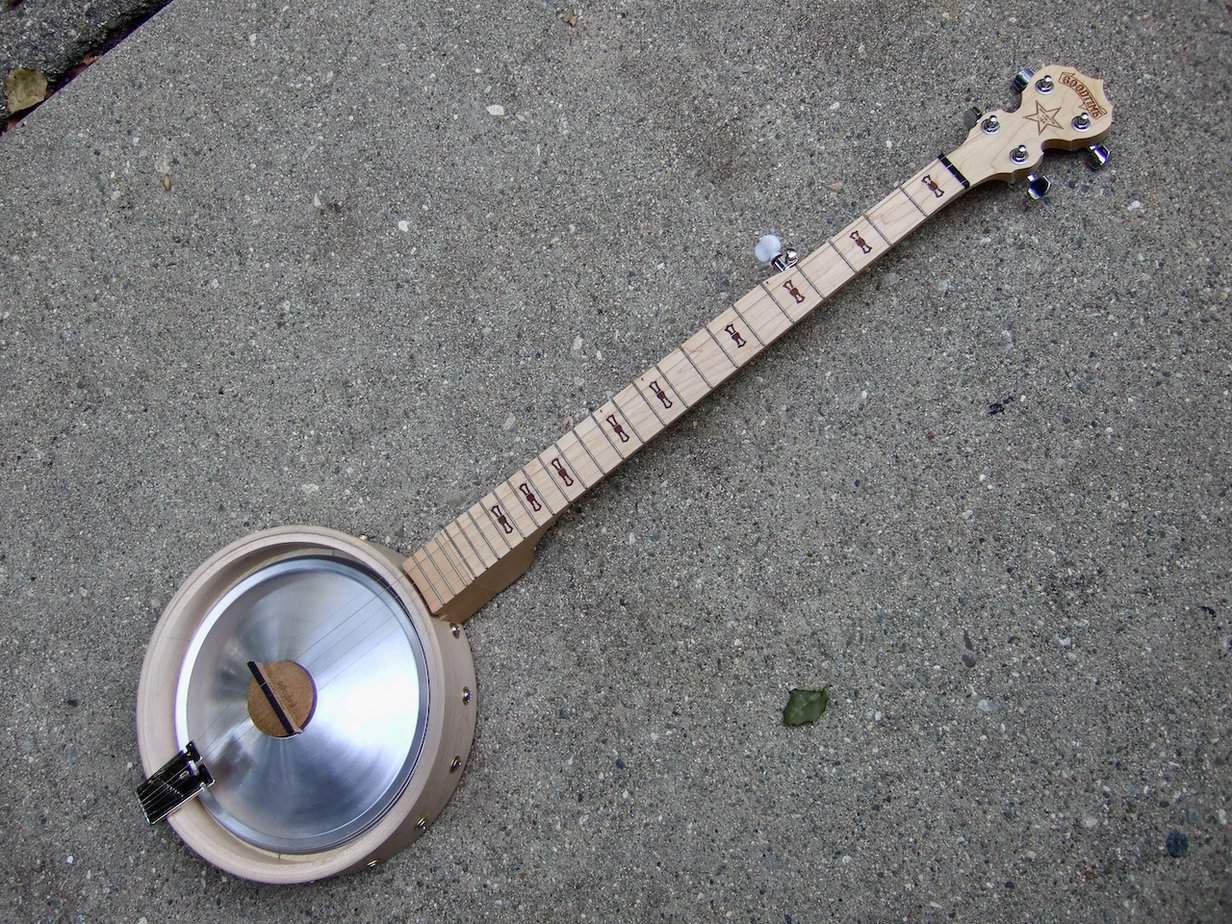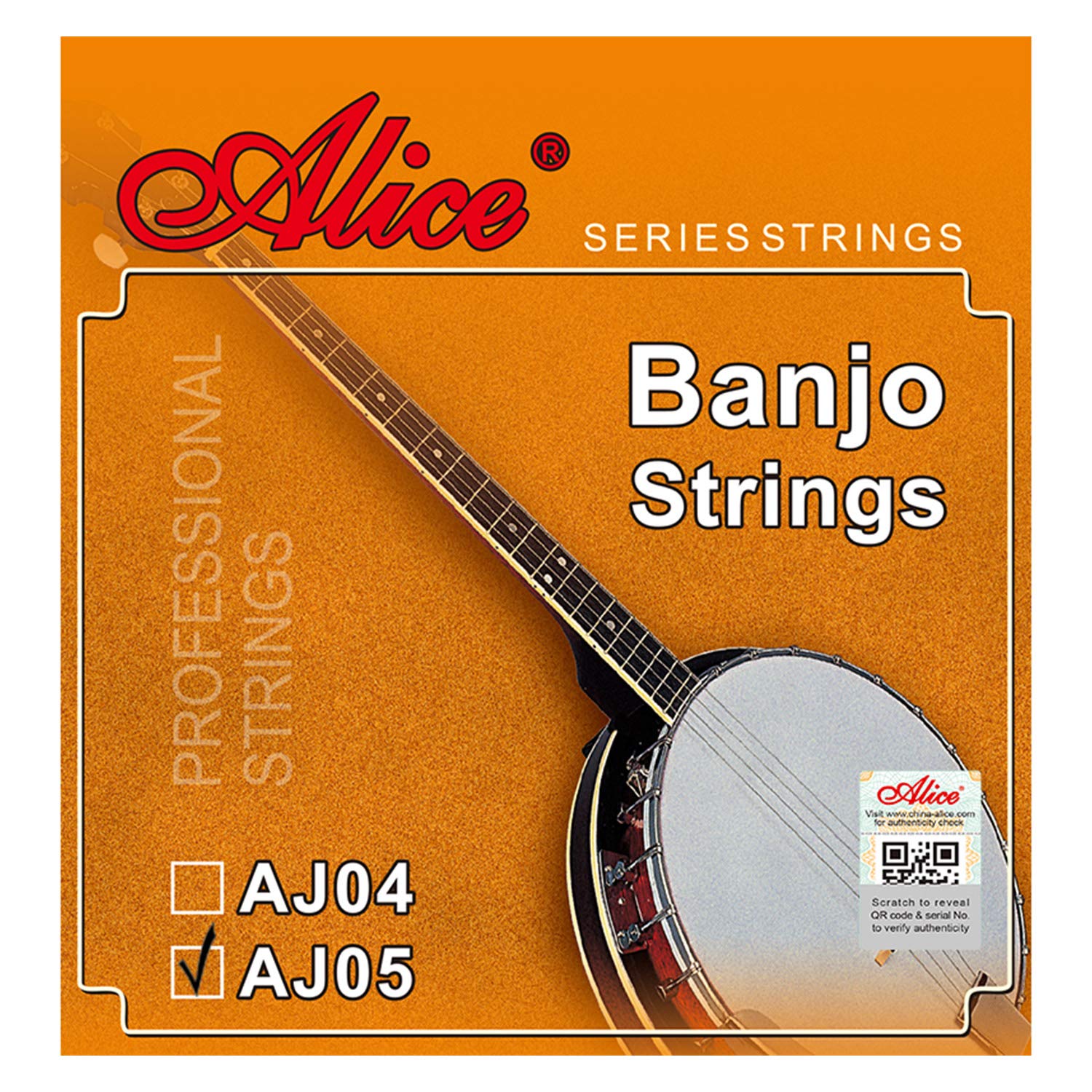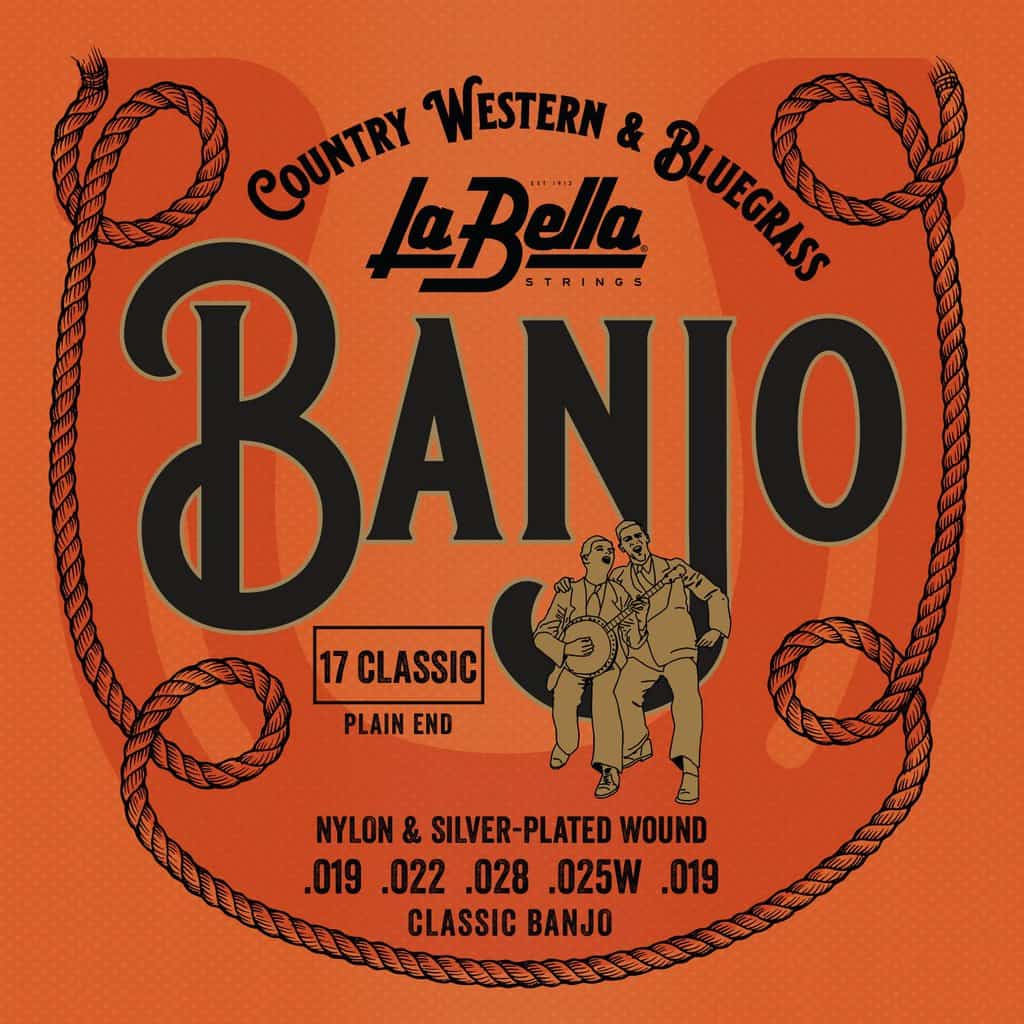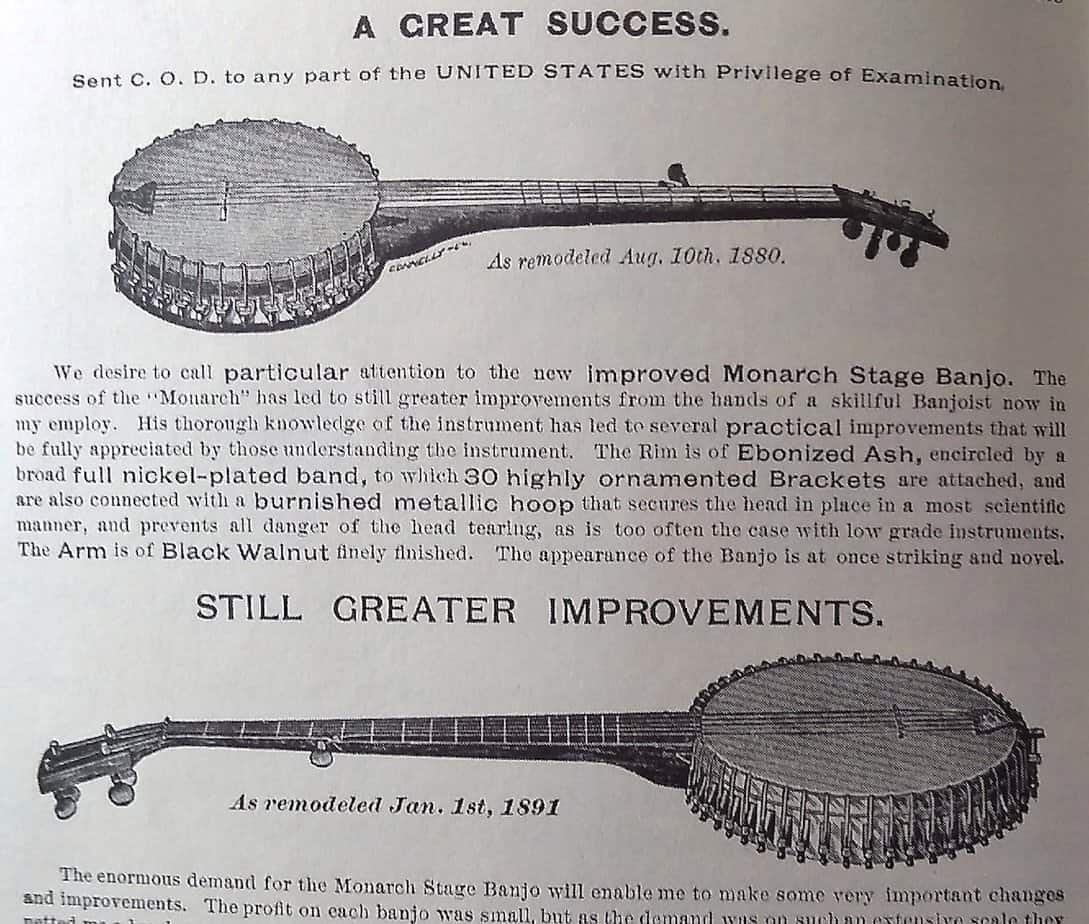Influential Factors on Banjo Strings’ Durability
Banjo strings’ lifespan is subject to several factors, including playing style, environment, and maintenance. Grasping these factors can assist you in making informed decisions regarding string replacement and maintaining your instrument’s sound quality.
Playing Style and Usage Frequency
Your banjo playing style and frequency of play can significantly influence the lifespan of your strings. Vigorous strumming, intense playing, or frequent use can accelerate string wear. Conversely, gentler playing techniques and less frequent use can extend the life of your strings.
Environmental Elements
Exposure to moisture, humidity, and extreme temperatures can affect the longevity of banjo strings. Excessive moisture can cause corrosion, while dry environments may lead to brittleness. Protecting your banjo with a hard case or storing it in a climate-controlled room can help preserve your strings from detrimental effects.
Maintenance and Cleaning
Routine cleaning and maintenance of your banjo and its strings can contribute to their longevity. Wiping down strings after each use with a soft cloth can help prevent corrosion, while regular fretboard cleaning and oiling can maintain your instrument’s overall health.
Brand Selection and Its Importance
Selecting a reputable brand can impact the sound quality, durability, and overall performance of your banjo strings. High-quality strings generally maintain their tone longer, offer better intonation, and resist wear and tear better than cheaper alternatives. Renowned brands include D’Addario, GHS, Ernie Ball, and Elixir.
Comparing Banjo String Brands
When comparing banjo string brands, consider aspects such as tone, durability, feel, and price. Some brands, like Elixir, offer coated strings for extended longevity, while others, like D’Addario, are recognized for their consistent tone and quality. Reading reviews, watching demonstrations, and trying different brands can help you decide which best suits your needs and preferences.
Banjo String Accessories
Various accessories facilitate banjo string maintenance, installation, and customization. Common accessories include:
- String winders: Simplify string installation and removal.
- String cutters: Assist in achieving the desired string length post-installation.
- Bridge pins: Enable easy string changes and adjustments to action and intonation.
- String lubricants: Reduce friction, prolong string life, and improve playability when applied to strings.
Experimentation and Customization of Banjo Strings
Trying new string materials, gauges, and brands can help you find the optimal combination for your playing style and instrument. Don’t hesitate to explore various strings and settings, as they significantly impact your banjo’s tone, playability, and overall sound quality.
Alternative Materials
Some musicians experiment with alternative materials, such as titanium or copper-wound strings, to achieve unique tones and sound characteristics. While these materials may not be widely used or supported by manufacturers, they can provide intriguing possibilities for creative musicians seeking to distinguish their sound.
Engaging with Other Musicians
Sharing string choices and experiences with other banjo players can yield valuable insights and recommendations. Joining online forums, attending workshops, and participating in local music communities can help you connect with fellow musicians and learn from their experiences with various banjo strings and accessories.
**Understanding and Maintaining Banjo Strings**
Banjo strings significantly influence the instrument’s sound, playability, and overall performance. They consist of two main parts: a core wire and a wrap wire. The core wire, usually made of steel, determines the string’s strength and durability. The wrap wire, made of materials like nickel-plated steel, phosphor bronze, or stainless steel, is wound around the core wire to add mass and alter tension and tone.
Banjo strings come in two types: unwound and wound strings. Unwound strings, or plain strings, have a single strand of wire, while wound strings have a wrap wire around a core wire. Thinner strings are typically unwound, while thicker, bass strings are wound.
The choice of gauge and material affects sound and playability. Different materials produce distinct tones, and various gauges impact tension and ease of play. Nickel-plated steel strings offer a bright tone and strong projection, while phosphor bronze strings provide a warm and balanced sound. Heavier gauges provide a fatter tone but require a stronger banjo neck. Lighter gauges are easier to play and produce a crisper, clearer tone.
Proper maintenance is essential for preserving the instrument’s sound and playability. Wiping down banjo strings after each use can help prevent corrosion and extend their life. When replacing strings, understanding their anatomy can help musicians make informed decisions for their specific instrument and playing style.
The following factors also influence banjo strings’ durability:
– **Playing Style and Usage Frequency:** Vigorous strumming or frequent use can accelerate string wear, while gentler playing techniques and less frequent use can extend the life of your strings.
– **Environmental Elements:** Exposure to moisture, humidity, and extreme temperatures can affect the longevity of banjo strings. Protect your banjo with a hard case or store it in a climate-controlled room to preserve strings.
– **Maintenance and Cleaning:** Routine cleaning and maintenance of your banjo and its strings can contribute to their longevity. Regular fretboard cleaning and oiling maintain the instrument’s overall health.
Selecting a reputable brand impacts sound quality, durability, and overall performance. High-quality strings generally maintain their tone longer, offer better intonation, and resist wear and tear better than cheaper alternatives. Renowned brands include D’Addario, GHS, Ernie Ball, and Elixir.
When comparing banjo string brands, consider aspects such as tone, durability, feel, and price. Some brands, like Elixir, offer coated strings for extended longevity, while others, like D’Addario, are recognized for their consistent tone and quality. Reading reviews, watching demonstrations, and trying different brands can help you decide which best suits your needs and preferences.
Various accessories facilitate banjo string maintenance, installation, and customization. Common accessories include string winders, string cutters, bridge pins, and string lubricants.
Trying new string materials, gauges, and brands can help you find the optimal combination for your playing style and instrument. Don’t hesitate to explore various strings and settings, as they significantly impact your banjo’s tone, playability, and overall sound quality.
Some musicians experiment with alternative materials, such as titanium or copper-wound strings, to achieve unique tones and sound characteristics. While these materials may not be widely used or supported by manufacturers, they can provide intriguing possibilities for creative musicians seeking to distinguish their sound.
Sharing string choices and experiences with other banjo players can yield valuable insights and recommendations. Joining online forums, attending workshops, and participating in local music communities can help you connect with fellow musicians and learn from their experiences with various banjo strings and accessories.
THE SIGNIFICANCE OF BANJO STRINGS MATERIALS, DURABILITY, AND BRAND SELECTION
How Playing Style and Environment Influence Banjo Strings’ Longevity
The lifespan of banjo strings is subject to various factors, including playing style, environment, and maintenance. Grasping these factors can assist you in making informed decisions regarding string replacement and maintaining your instrument’s sound quality.
Impact of Playing Style and Usage Frequency
Your banjo playing style and frequency of play can significantly influence the lifespan of your strings. Vigorous strumming, intense playing, or frequent use can accelerate string wear. Conversely, gentler playing techniques and less frequent use can extend the life of your strings.
Environmental Factors and Banjo Strings’ Durability
Exposure to moisture, humidity, and extreme temperatures can affect the longevity of banjo strings. Excessive moisture can cause corrosion, while dry environments may lead to brittleness. Protecting your banjo with a hard case or storing it in a climate-controlled room can help preserve your strings from detrimental effects.
Maintenance and Cleaning for Enhanced Longevity
Routine cleaning and maintenance of your banjo and its strings can contribute to their longevity. Wiping down strings after each use with a soft cloth can help prevent corrosion, while regular fretboard cleaning and oiling can maintain your instrument’s overall health.
Brand Selection and Its Importance
Selecting a reputable brand can impact the sound quality, durability, and overall performance of your banjo strings. High-quality strings generally maintain their tone longer, offer better intonation, and resist wear and tear better than cheaper alternatives. Renowned brands include D’Addario, GHS, Ernie Ball, and Elixir.
Comparing Banjo String Brands
When comparing banjo string brands, consider aspects such as tone, durability, feel, and price. Some brands, like Elixir, offer coated strings for extended longevity, while others, like D’Addario, are recognized for their consistent tone and quality. Reading reviews, watching demonstrations, and trying different brands can help you decide which best suits your needs and preferences.
Banjo String Accessories and Customization
Various accessories facilitate banjo string maintenance, installation, and customization. Common accessories include:
- String winders: Simplify string installation and removal.
- String cutters: Assist in achieving the desired string length post-installation.
- Bridge pins: Enable easy string changes and adjustments to action and intonation.
- String lubricants: Reduce friction, prolong string life, and improve playability when applied to strings.
Exploring Banjo String Options and Preferences
Trying new string materials, gauges, and brands can help you find the optimal combination for your playing style and instrument. Don’t hesitate to explore various strings and settings, as they significantly impact your banjo’s tone, playability, and overall sound quality.
Alternative Materials for Unique Tones
Some musicians experiment with alternative materials, such as titanium or copper-wound strings, to achieve unique tones and sound characteristics. While these materials may not be widely used or supported by manufacturers, they can provide intriguing possibilities for creative musicians seeking to distinguish their sound.
Engaging with Other Musicians for Valuable Insights
Sharing string choices and experiences with other banjo players can yield valuable insights and recommendations. Joining online forums, attending workshops, and participating in local music communities can help you connect with fellow musicians and learn from their experiences with various banjo strings and accessories.
Understanding Banjo Strings Components and Types
Banjo strings consist of two main parts: a core wire and a wrap wire. The core wire, usually made of steel, determines the string’s strength and durability. The wrap wire, made of materials like nickel-plated steel, phosphor bronze, or stainless steel, is wound around the core wire to add mass and alter tension and tone.
Banjo strings come in two types: unwound and wound strings. Unwound strings, or plain strings, have a single strand of wire, while wound strings have a wrap wire around a core wire. Thinner strings are typically unwound, while thicker, bass strings are wound.
Gauge and Material Selection for Tone and Playability
The choice of gauge and material affects sound and playability. Different materials produce distinct tones, and various gauges impact tension and ease of play. Nickel-plated steel strings offer a bright tone and strong projection, while phosphor bronze strings provide a warm and balanced sound. Heavier gauges provide a fatter tone but require a stronger banjo neck. Lighter gauges are easier to play and produce a crisper, clearer tone.
Proper Maintenance for Preserving Sound and Playability
Wiping down banjo strings after each use can help prevent corrosion and extend their life. When replacing strings, understanding their anatomy can help musicians make informed decisions for their specific instrument and playing style.
Heavy Gauge Banjo Strings: Pros, Cons, and ComparisonsBanjo strings significantly influence the instrument’s sound and playability. This article delves into the nuances of banjo strings’ materials and gauges, exploring how they impact the overall sound quality and playability of the instrument.
Materials and Tonal Characteristics
Banjo strings are primarily made from three materials: nickel-plated steel, phosphor bronze, and stainless steel. Each material imparts a distinct tonal character to the instrument. Nickel-plated steel strings have a bright, snappy tone with strong projection, making them popular for bluegrass and old-time music. Phosphor bronze strings offer a warm, balanced sound, well-suited for folk, country, and softer musical styles. Stainless steel strings are known for their smooth feel and excellent projection, attractive for musicians seeking a modern, polished sound.
Gauge and Playability
String gauge impacts the instrument’s playability and sound. Heavier gauges provide a “fatter” tone and more tonal depth but require a stronger banjo neck and greater finger strength. Lighter gauges are easier to play and produce a crisper, clearer tone but may lack richness and volume. The choice of gauge depends on the player’s style, preferences, and the banjo’s strength and tonewood characteristics.
Material and Gauge Combinations
Musicians can experiment with various material and gauge combinations to achieve their desired sound and feel. For instance, a bluegrass player might choose medium gauge nickel-plated steel strings for a bright, driving tone. A fingerstyle folk musician might prefer light-gauge phosphor bronze strings for their warm, mellow sound and effortless playability.
Balancing Tone and Playability
When selecting strings, striking a balance between tone and playability is crucial. While heavier gauges offer a fuller sound, they can be physically demanding and may hinder technique and speed. Lighter gauges may be easier on the hands but might lack volume and richness. The ideal string choice depends on the player’s style, preferences, and the banjo’s tonal qualities.
Banjo Construction and Tuning
Consider the banjo’s construction and tuning when choosing strings. Different banjo types require specific string sets, and alternate tunings may need unique string gauges or materials to maintain proper tension and intonation. Being mindful of the banjo’s unique characteristics can help musicians make informed decisions when selecting strings.
Maintenance and Care
Proper maintenance and care are essential to preserving the sound and longevity of banjo strings. Regularly wiping down the strings with a soft cloth can help prevent corrosion and extend their life. When replacing strings, understanding their anatomy and selecting high-quality, reputable brands can help musicians make informed decisions for their specific instrument and playing style.
Alternative Materials
For musicians seeking unique sounds, alternative materials such as titanium or copper-wound strings can provide intriguing possibilities. Engaging with other musicians and learning from their experiences with various banjo strings and accessories can help musicians distinguish their sound.
Types of Banjos and Their Ideal Strings
Banjos are versatile instruments with a rich history and diverse range of configurations. The type of banjo and its strings significantly impact the instrument’s sound, playability, and overall performance. Let’s explore the various types of banjos and the strings that best suit each.
Standard 5-string Banjos
The standard 5-string banjo is the most common type, used in bluegrass, country, and folk music. It features a short fifth string that doesn’t span the neck’s full length. The fifth string, typically a wound string, contributes to the instrument’s unique twang.
4-string Irish Tenor Banjos
Irish tenor banjos have four strings and a longer scale length than 5-string banjos. They are popular in traditional Irish music and are usually strung with bronze or steel strings. Metal strings offer a choice between the warmer, mellow tone of bronze and the brighter, more pronounced sound of steel.
Plectrum Banjos
Plectrum banjos resemble tenor banjos but have a longer scale length and four strings, usually strung with steel or bronze strings. Designed for plectrum playing, they are popular in jazz and Dixieland music. String choice and gauge can significantly affect playability and sound, with heavier gauges providing a fuller tone and increased volume but requiring more finger strength.
6-string Banjos (Banjitars)
Six-string banjos, or banjitars, combine the familiar guitar layout with the unique banjo sound. They typically use steel strings, like a guitar, and are popular in various genres, including rock, pop, and country music. String choice and gauge can significantly impact sound and playability, with heavier gauges providing a fuller tone and increased volume but requiring more finger strength.
Alternate Tunings and String Sets
Banjos can be tuned to various alternate tunings for different playing styles and genres. Open G tuning (gDGBD) is popular in bluegrass, while dropped D tuning (dAdF#B) is common in folk and country music. Alternate tunings may require unique string sets or gauges to maintain proper tension and intonation. Being aware of the banjo’s unique characteristics helps musicians make informed decisions when selecting strings and tunings.
Factors for Choosing the Right Strings
Selecting the right strings for your banjo depends on several factors, including the instrument’s type, tuning, and your playing style and preferences. Here are some key considerations:
- Material: The choice of material significantly impacts the instrument’s sound. Nickel-plated steel strings offer a bright, snappy tone, while phosphor bronze strings provide a warm, balanced sound. Stainless steel strings are known for their smooth feel and excellent projection.
- Gauge: String gauge affects playability and sound. Heavier gauges provide a fuller sound but require more finger strength, while lighter gauges are easier to play but may lack volume and richness.
- Brand: Reputable brands like D’Addario, GHS, Ernie Ball, and Elixir can influence sound quality, durability, and performance.
Final Thoughts
Understanding the various banjo configurations and their string requirements can help musicians make informed decisions when selecting strings. By considering factors such as material, gauge, and brand, musicians can find the optimal combination for their playing style and instrument, significantly impacting the banjo’s tone, playability, and overall sound quality.
Effective Banjo String Maintenance Techniques
Maintaining banjo strings is crucial for preserving the instrument’s sound quality and playability. Regular cleaning, care, and timely replacement can significantly impact your banjo’s performance. This section will discuss various maintenance techniques and tips to help you keep your banjo strings in optimal condition.
Cleaning Banjo Strings
Cleaning banjo strings is an essential part of maintaining their longevity and sound quality. After each playing session, wipe down the strings with a soft cloth to remove dirt, sweat, and oils that can cause corrosion over time. For a more thorough cleaning, consider using a specialized string cleaner or a solution of mild dish soap and warm water. Gently clean the strings, ensuring not to apply too much pressure or use abrasive materials that could damage the strings.
Curious about the world of banjos beyond just the strings? Delve deeper into the craftsmanship and origins of these captivating instruments with our articles on what banjo heads are made of, where banjos are made, and how harmonicas are made to explore the broader universe of musical instrument manufacturing. Additionally, for those intrigued by the banjo’s unique sound, our piece on the 5 strings on a banjo provides a closer look at what makes this instrument truly special.
Conclusion
Summary of Banjo String Choices
Banjo strings come in various materials, such as nickel-plated steel, stainless steel, nylon, and phosphor bronze. The choice of material and gauge affects the instrument’s tone and playability. Regular maintenance and replacement of strings can help ensure the banjo’s optimal performance.

